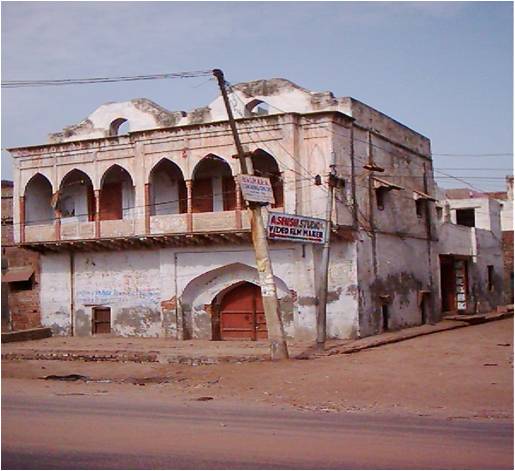
Traditional House (Haryana)
SOME BACKGROUND:
- This traditional dwelling is a HAVELI in village “BAHU AKBARPUR” in Rohtak District Haryana.
- This Haveli was built by a retired army officer Ch. Askaran Singh in the year 1911.
CLIMATIC CONDITIONS:
1. TEMPERATURE
| Annual average | 25 C |
| January low | 08 C |
| July high | 35 C |
2. PRECIPITATION
| Average precipitation | 790mm |
| No. of days | 55 days |
PLANS:
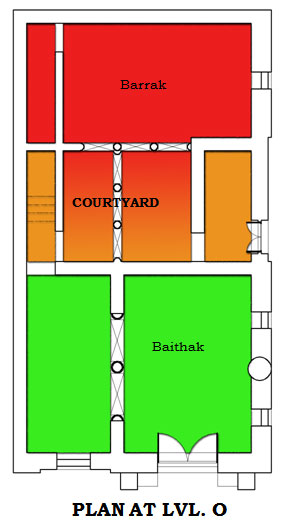
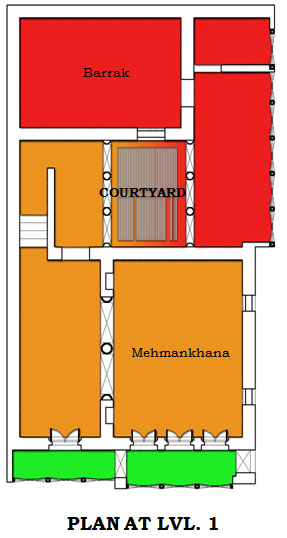
![]()
SECTIONAL ELEVATIONS:
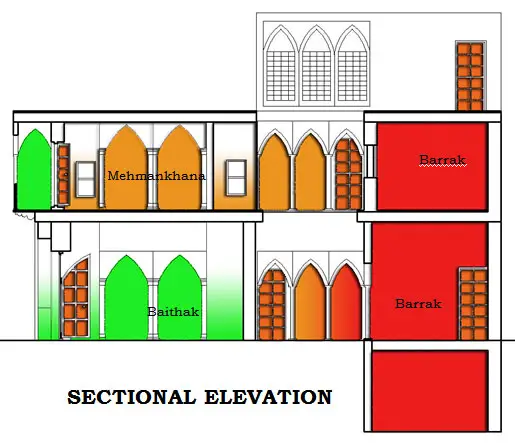
PLAN AND SECTION FROM APPROACH TO HOUSE:
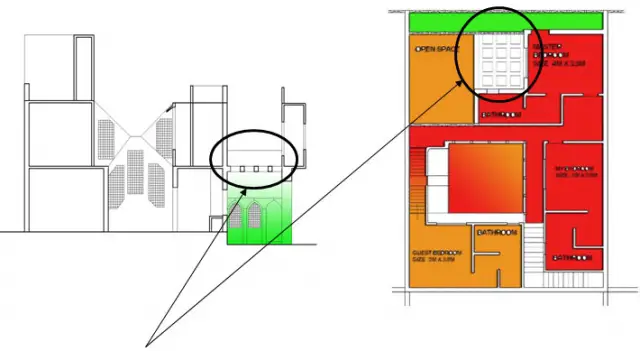
A transition space makes the act of entering into adjoining spaces dramatic, so to have that dramatic effect in the new house a pergola has been provided which act as a transition space without creating total darkness.
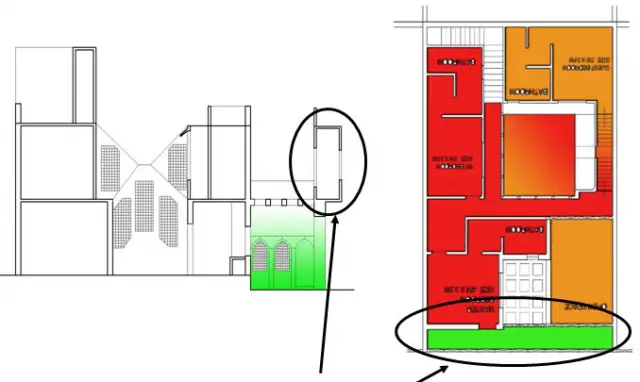
The same Chajja was retained for design of new house for the same reasons, like character of the street and the sense of oblique approach that it creates.
RELATION WITH NEIGHBOURING DWELLINGS:
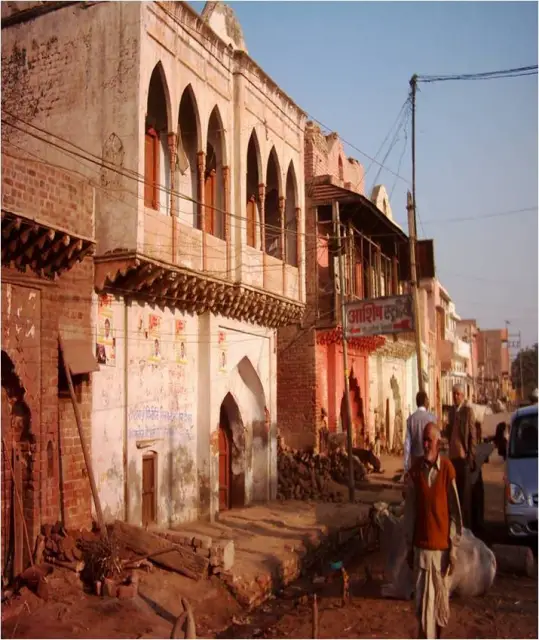
- The projecting ‘Chajja’ also known as ‘Bharja’ provides space for guests to move around and have a nice view.
- The ‘Chajja’ or the ‘Bharja’ is also a part of the street , and as we can see from the photograph it plays a vital role in building up the character of the street.
- So although it’s a space associated with the building but it is also acting as a vital part of what is happening outside in the street and on the façade.
APPROACH AND ENTRANCE:

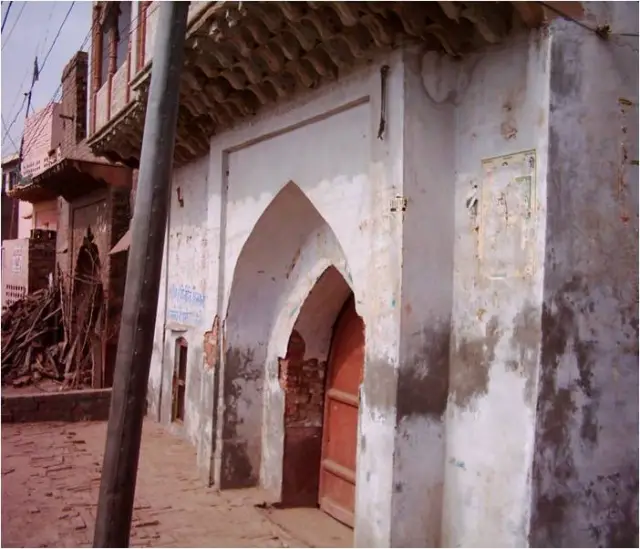
- The ‘Chajja’ or the ‘Bharja’ also bring a feeling of oblique approach to the building
- The large gate signifies the entrance to the house.
TRANSITION SPACE:
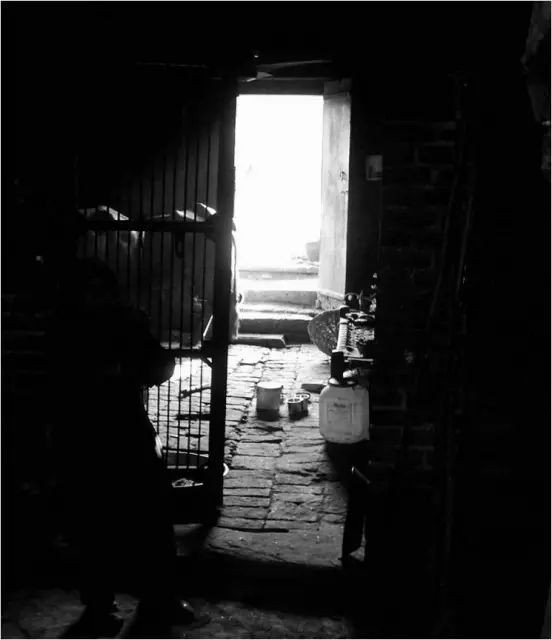
The difference in the lighting being seen when one stands in the interiors and looks toward the entrance through the transition space.
THE COURTYARD:
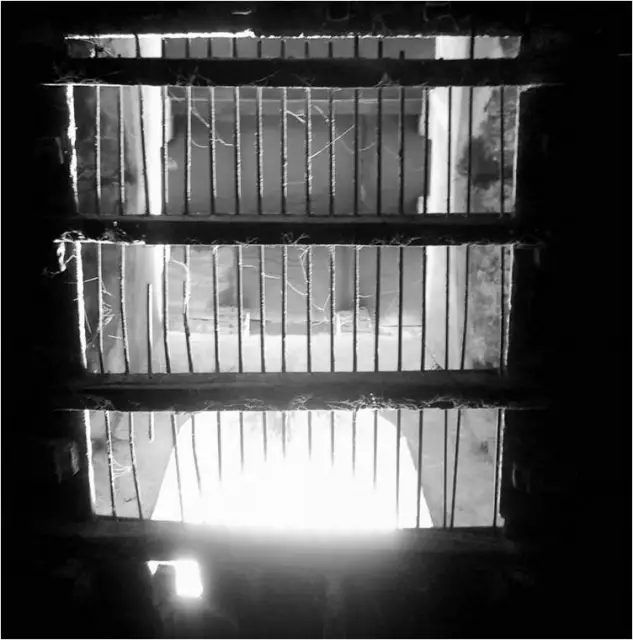
The iron mesh not only allows the light but also help in the STARK effect and keep the interiors cool in summers.
ORNAMENTATION:
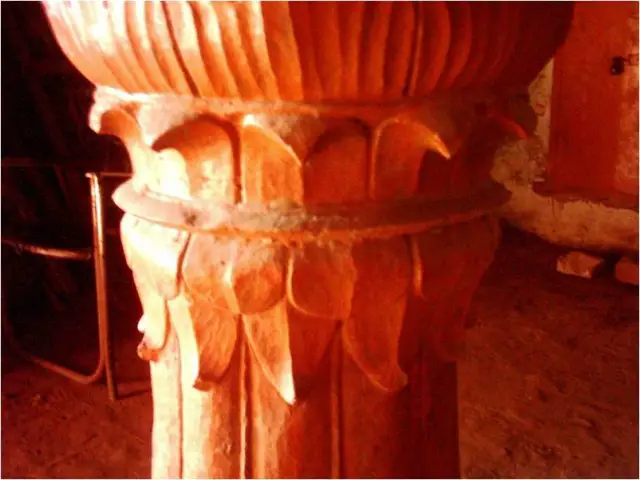
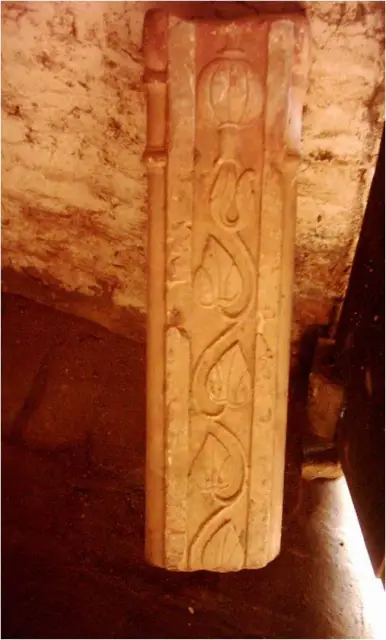
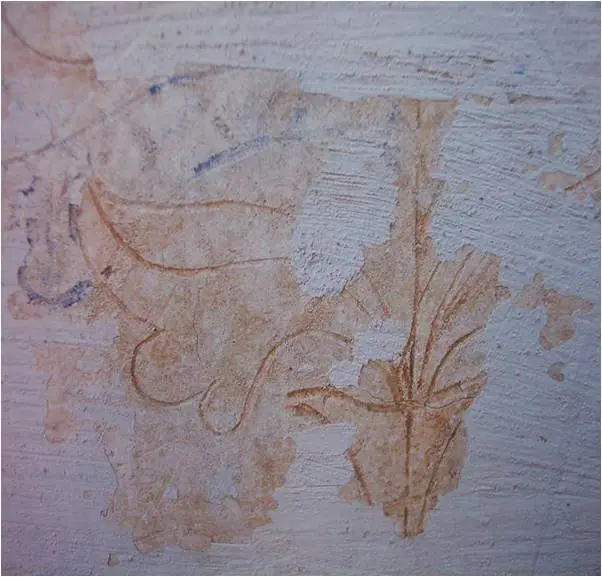
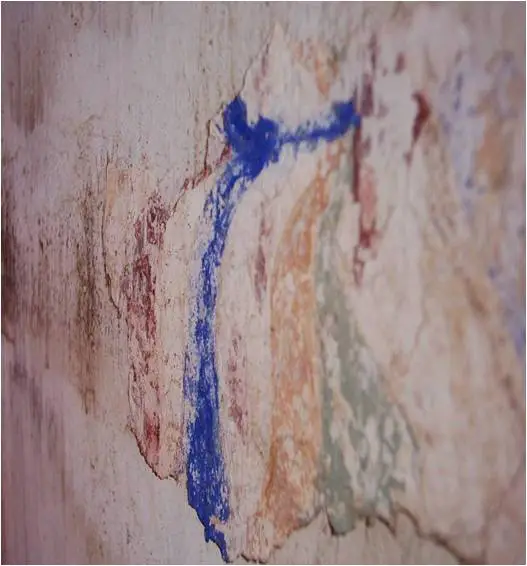
- Flower petals and leaves carved on the stone pieces for decoration
- Drawings on the walls which were filled with colors, known as “Bheetchitr”, where “bheet” stands for wall and “chitr” stands for the colorful painting.
By: Arpit Balhara


please give the information
please give the information that how this house is vernacular
plzz